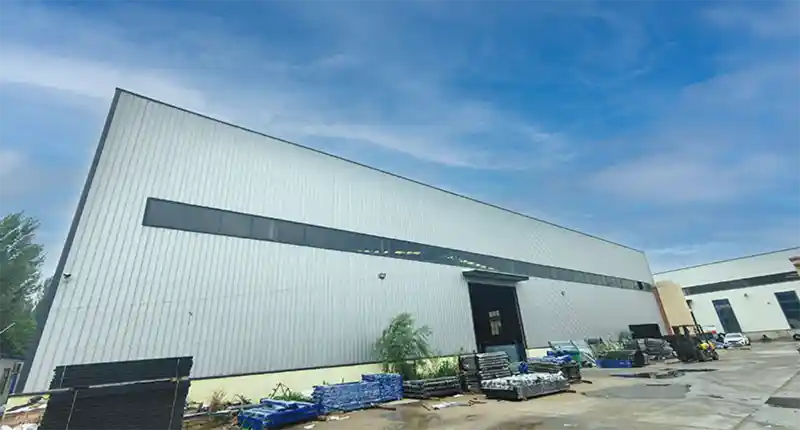Dec . 05, 2024 13:09 Back to list
Mesh Applications in Retaining Wall Construction and Design Techniques
Understanding Mesh for Retaining Walls
Retaining walls are crucial structures in civil engineering, designed to hold back soil and prevent erosion in various landscape settings. Among the various materials and techniques used in their construction, mesh is a significant component that offers numerous advantages. This article explores the role of mesh in retaining walls, its benefits, types, and installation techniques.
The Role of Mesh in Retaining Walls
Mesh, primarily made from steel or synthetic fibers, serves as a reinforcement material in retaining wall construction. It enhances the structural integrity of the wall by distributing loads more evenly across the structure. When soil is retained, the pressure exerted can be substantial, and mesh provides the necessary strength to withstand this pressure.
In designed retaining walls, mesh is often used in conjunction with concrete or masonry blocks. The mesh works to prevent soil from shifting and provides stability during changes in moisture and temperature, which can otherwise lead to wall failure. In addition, by using mesh, builders can create walls that are not only functional but also aesthetically pleasing. Various finishes and coverings can be applied to the mesh-reinforced sections of the wall, blending with the surrounding landscape.
Types of Mesh Used in Retaining Walls
1. Welded Wire Mesh This type of mesh consists of steel wires welded together to form a grid. Its rigidity provides excellent structural support and is commonly used in concrete applications.
2. Gabion Mesh Made from heavy-gauge wire, gabion mesh is woven into baskets that are filled with stone or other materials. Gabion walls are effective for erosion control and are often used in landscapes requiring drainage solutions. They allow water to flow through while providing reinforcement against soil movement.
3. Geogrid Mesh Geogrid mesh is used to reinforce the soil itself rather than just the retaining wall structure. It consists of a grid of polymeric materials that help stabilize the soil, making it suitable for walls that require additional support under heavy loads.
4. Polyester or Fiberglass Mesh These lightweight meshes offer corrosion resistance and durability, especially in environments with high moisture content. They are often used in applications requiring a non-metallic solution.
Benefits of Using Mesh in Retaining Walls
mesh for retaining wall

1. Enhanced Strength and Stability One of the primary benefits of using mesh is increased structural integrity. It helps the wall resist lateral pressure from the soil, reducing the risk of failure.
2. Improved Drainage Mesh allows for better water flow through the structure, facilitating drainage and minimizing hydrostatic pressure behind the wall, which can lead to reduced maintenance issues.
3. Cost-Effectiveness Using mesh can reduce the amount of concrete or other materials needed for construction, leading to lower overall costs without sacrificing quality.
4. Environmental Impact Retaining walls with mesh, especially gabion types, can blend into the natural landscape, promoting biodiversity and allowing for the growth of vegetation which helps stabilize the soil.
5. Flexibility in Design Mesh can be adapted to various construction needs, including curved or irregularly-shaped walls. Its versatility allows for creative landscaping solutions while maintaining strength and durability.
Installation Techniques
The installation of mesh in retaining walls typically involves several steps. Initially, proper site assessment is crucial to understand soil characteristics and water drainage patterns. Following this, a trench is often excavated to accommodate the base of the wall, ensuring it is deep enough to provide stability.
Once the base is prepared, mesh is laid out or formed into the desired shape before being secured with concrete or backfill materials. The mesh must be anchored properly to ensure it integrates effectively with the surrounding soil. This process may vary depending on the type of mesh being used, so it is essential to follow manufacturer guidelines and structural engineering recommendations.
Conclusion
The use of mesh in retaining walls represents a significant advancement in civil engineering practices. Its ability to enhance strength, improve drainage, and offer design flexibility makes it an invaluable asset in construction. As landscapes evolve and require more ingenious solutions for soil retention and erosion control, mesh will continue to play a pivotal role in sustainable and effective retaining wall designs.
-
Reinforcing Mesh: Core Material of the Construction Industry
NewsJul.07,2025
-
Welded Wire Fabric Reinvented for Modern Projects
NewsJul.04,2025
-
Superiority of Stainless Steel Woven Mesh
NewsJul.04,2025
-
Key Types of Razor Wire and Their Applications
NewsJul.04,2025
-
Durable Metal Fence Types for Security
NewsJul.04,2025
-
Best Materials for Livestock Fence
NewsJul.04,2025
products.







